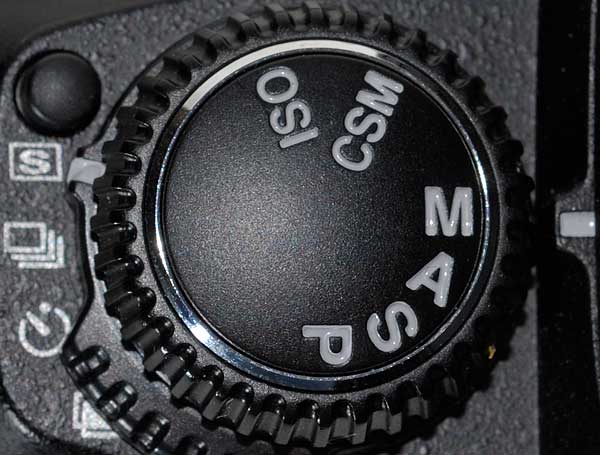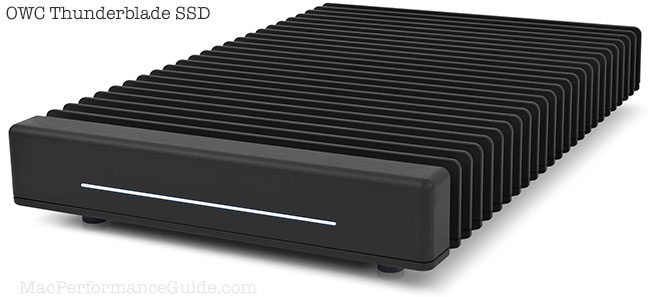
$220 SAVE $130 = 37.0% Western Digital 16.0TB Western Digital Ultrastar DC HC550 3.5-in… in Storage: Hard Drives
|

|

|

|

|

|
Usability
Related: ergonomics, exposure, focusing, histogram, infrared, ultraviolet, usability
The operation of a camera in actual shooting conditions ranks right at the top of my list. Because I haven’t previously reviewed the S3 Pro, and it’s a less-well-known camera, this page is about its ergonomics with a few comparisons to the Nikon D70 and Canon 5D. The S3 Pro is based on the Nikon N80 chassis, and thus will share its usability issues.
In terms of usability (ergonomics, menus, shooting speed, etc), I rank the cameras as follows (throwing in a few others for comparison), on a scale of 1 to 10, with 1 being very poor, and 10 being outstanding:
- Nikon D2X: 9.5
- Nikon D200: 9
- Canon EOS 1Ds Mark II: 6 (menus), 8.5 (operation)
- Canon EOS 5D: 7
- Nikon D70: 5
- Fuji S3 Pro UVIR: 3
No camera gets a “10” because they all have little annoyances. If you want to know my reasoning on the Nikon/Canon ratings, you’ll have purchase and read D2x vs EOS.
I spent only a few hours with the S3 Pro UVIR, so this page can only hit on the things I noticed immediately upon using the camera. That they came to light so quickly should give pause to anyone who places a high value on ergonomics; I did not “go looking” for these issues; I just ran head-on into them while using the camera.
S3 Pro—batteries
I’m not a fan of AA batteries for cameras. I like a single, self-contained lithium-ion battery packs with their long shelf life and high capacity and “no fumbling” manageability. However, a forensics professional friend of mine says that law enforcement types like the idea of a large box of AA batteries. Not me—I don’t want to fumble with 8 batteries with cold hands (remove 4, then insert 4), making sure I insert each battery with the correct polarity—4 times. However, it is a plus if your external flash uses AA batteries—which most do—since a single charger can be used for both camera and flash. The S3 has a built-in flash, so most users won’t find that helpful.

Fuji S3 Pro battery pack, with NMh batteries inserted.
S3 Pro—bulging rocker switch
Every time I put the S3 Pro to my face, the pressure of my face toggled the 4-way rocker switch, altering my chosen focus point. Yes, the button can be locked, but I want to use it for other things. The inadvertent change does sometimes happen with a Nikon D200, but only occasionally, and with a lot of pressure. It might be just the way that I hold the camera, but I’m not willing to alter my shooting style for the S3, when it works great for Nikon and Canon. I do have to use my left eye for focusing, so that is likely part of the problem.

Fuji S3 Pro showing the bulging rocker switch
S3 Pro—raw file write speed
The S3 Pro supports shooting RAW files, as does every other digital SLR I’m aware of. Full-dynamic-range raw files are about 25MB and take roughly 10 seconds to write (on the Lexar 80X card I used). There is a miserly 3-frame buffer for full-range RAW files, but there is also apparently a buffer upgrade available for the S3.
Release the shutter, the image flickers across the screen for a moment and is then gone—for the next 10 seconds or so. But here’s the kicker: the Play button doesn’t work until the file has been written to the card!
Wait patiently (then very impatiently after a few shots), and then press the histogram button. So far so good—except that the next shot the histogram button has to be pressed again to see the histogram.
Now it turns out that it is possible to make the image stay on screen with the histogram while the camera is writing to the card. This helps somewhat, but the camera is still unusable if you fill the buffer. Still, I dislike the approach immensely. Neither the Nikon D70 nor the EOS 5D has this problem—they just display things the way it was done the last time with no special effort required to configure it.
S3 Pro—mode dial
The mode dial is a hassle. First, unlike the Nikon D200 and D2X, it doesn’t lock. So it can be changed inadvertently. To be fair, the EOS 5D suffers from this defect as well.
Here’s the real problem
- Switch to ISO (or CSM) to change the setting(s).
- Attempt to take a picture. Nothing happens.
- Engage brain for 1-60 seconds: “Why isn’t this thing releasing the shutter?”
- Remove eye/face from camera so that the mode dial can be seen. Turn the mode dial back to “M”, or “A”, etc.
- Shoot the picture. Or go home with nothing—if you missed the shot.
Grrrrr.....with habituation, this problem will mostly go away. The bride just stopped smiling though, so you’ll have to tell your next joke. Pretty soon, you’ll be good at jokes!

Fuji S3 Pro mode dial
S3 Pro—the “Live View” mode
This feature sounds terrific—a live video preview at a decent frame rate. Wow!
However, real life is often different from marketing claims or specification sheets:
- The menu system must be used to engage this mode. Multiple button presses are involved.
- It only stays on for 30 seconds. Too short a time for low-contrast targets and/or lenses with “slow” maximum apertures.
- Exposure has to be adjusted manually. But you can’t change the aperture while viewing, so you have to exit the mode, change the aperture, the engage it again.
- You can zoom in, but by the time you get the image where you want it, your 30 seconds are mostly used up (with practice this would be less of a problem).
- The screen is too small, and impossible to see in bright lighting.
All in all, this is a completely unsatisfactory experience for any sort of field work in unpredictable lighting, unless you want to play “view camera photographer” and bring a dark cloth to put over your head and the camera. Then, if you’re over 40 as I am, you’ll need reading glasses to get close enough to that small screen to make use of it (those over the age of 40 begin to suffer from presbyopia, which worsens with age). The screen ought to have 500,000 pixels, and be 4" to be truly useful. If you’re under 40, you’ll no doubt scoff at this as an issue, but it is a serious one for older shooter looking to use this focusing feature.
For the forensic shooters, working in a lab environment with controlled lighting, and using a variety of filtration (some of which makes it impossible to see anything through the lens), this feature will be welcomed with open arms.
The rare owner of a quartz lens shooting ultraviolet will love it, since the feature can be used to focus even with an ultraviolet-passing-visible-light-blocking filter in place, such as the Baader Venus Filter. It’s much to small for most lenses though, and has non-standard filter threads. The B+W 403 filter could be used, but it passes infrared, which is problematic for shooting ultraviolet.
For infrared shooting, the “live view” focusing is helpful, but with too many hassles to make it part of my repertoire—and completely useless for moving subjects such as people. Add to that the fact that even with filtration the camera seems to do a reasonably accurate job of focusing. It is good that the S3 Pro offers this feature, but its general-purpose applications are limited. Also, one wonders what havoc sunny-day photography at f1.4 will do to the colored dyes on the sensor with repeated use.
Seagate 22TB IronWolf Pro 7200 rpm SATA III 3.5" Internal NAS HDD (CMR)
SAVE $100


















